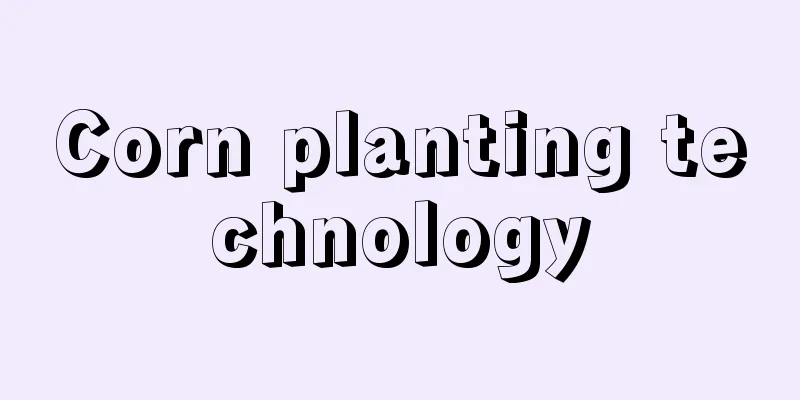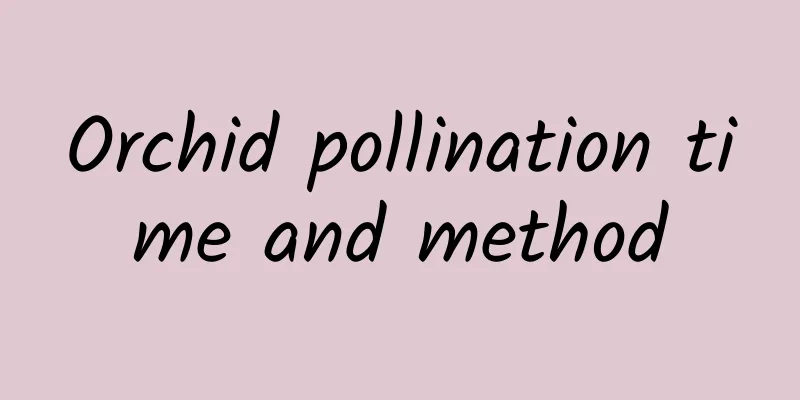Corn planting technology

|
As one of the important food crops in the world, the efficient cultivation of corn is of great significance to ensuring food security and increasing farmers' income. It is a thermophilic crop with high temperature requirements. Let's take a look at corn planting techniques . 1. Seed selection Selecting corn varieties suitable for local climate and soil conditions is the basis for efficient cultivation. When selecting seeds, factors such as corn's disease resistance, stress resistance, yield and quality should be considered. You can consult your local agricultural department or professional seed dealer to choose certified high-quality varieties. 2. Soil Preparation Corn has a well-developed root system and requires deep, fertile, well-drained soil. Before planting, the soil should be deeply tilled to improve soil structure and increase soil aeration and water retention. Appropriate application of organic fertilizer or compound fertilizer can provide sufficient nutrients for corn growth. 3. Reasonable density planting Reasonable close planting can make full use of land resources and increase corn yields . Determine the appropriate planting density based on variety characteristics and soil fertility. Generally speaking, the planting density of compact varieties can be appropriately increased, while the planting density of flat varieties should be appropriately reduced. 4. Irrigation and fertilization Corn requires adequate water and nutrients during its growth period. Arrange irrigation reasonably according to soil moisture conditions and weather conditions. In terms of fertilization, nitrogen, phosphorus, potassium and other nutrients should be reasonably matched according to the needs of the corn growth stage to avoid waste and environmental pollution caused by excessive fertilization. 5. Pest and disease control Pests and diseases are important factors affecting corn yield and quality. During the cultivation process, we must pay close attention to the occurrence of diseases and pests, and take comprehensive prevention and control measures in a timely manner. The occurrence of diseases and pests can be effectively controlled by combining disease- and pest-resistant varieties, rational crop rotation, physical control, biological control, and chemical control. 6. Harvest at the right time Timely harvesting can ensure corn yield and quality. Generally speaking, the best harvesting period for corn is from the late milky stage to the early waxy stage. When harvesting, appropriate harvesting machinery should be selected to avoid damage to corn plants. That’s it |
<<: Lavender sowing time and method, how to collect lavender seeds
>>: How to plant lavender cuttings? How long does it take for lavender cuttings to take root?
Recommend
Cultivation methods and precautions of Cymbidium orchid
Cymbidium orchid, also known as cicada orchid, Hi...
What flowers are suitable for growing in Chifeng? What are the city flowers and trees?
1. Climate characteristics of Chifeng Chifeng has...
Time and method of fertilizing okra, what fertilizer is good to apply after okra transplantation
1. Base fertilizer Before planting okra, you need...
No need for cuttings or sowing, these 6 kinds of flowers will burst the pot by themselves
1. Aloe Vera If aloe vera grows well, small aloe ...
What fertilizer to use for potted peppers
Fertilizer types for potted peppers 1. Base ferti...
The difference between beauty plum and elm leaf plum
1. Different leaves The Beauty Plum is a hybrid v...
How to grow potatoes
1. Maintenance methods 1. Temperature: The range ...
The flowers I have been growing for 10 years suddenly died? Do this quickly and you may be able to save your life!
Gardenia reason: In summer, gardenia is most like...
How to propagate Cordyceps
How to propagate Cordyceps The propagation method...
How to propagate Buddha's palm by cuttings
The cutting propagation method of Buddha's Pa...
If you want to attract wealth, peace and health, these flowers should be placed at home like this
Money Tree The leaves of the money tree are thick...
What flowers are suitable for growing in Yichun? What are the city flowers and trees?
1. Climate characteristics of Yichun Yichun has a...
Causes and treatments for yellow poinsettia leaves
1. Too much light Reason: Poinsettia is a short-d...
How long does it take for succulents to be exposed to the sun after transplanting?
1. How long can I get some sun? After transplanti...
Can rice husk ash be used as fertilizer?
Rice husk ash as fertilizer Rice husk ash can be ...









